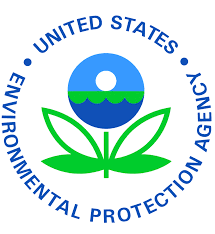Chemycal has been acquired by 3E
Learn MoreChemycal has been acquired by 3E
Learn MoreDiscover how Chemycal PRO helps you boosting your regulatory monitoring:

WASHINGTON (September 8, 2020) — The U.S. Environmental Protection Agency (EPA) is announcing a broad public engagement and outreach effort to discuss how the agency will approach the rulemaking process to address unreasonable risks found in the final Toxic Substances Control Act (TSCA) chemical risk evaluations. After issuing the first two final risk evaluations, methylene chloride and 1-bromopropane, EPA is moving into the risk management phase and is hosting a robust process to gain important feedback from stakeholders on the options for managing those risks.
“All stakeholders can expect transparent, proactive and meaningful outreach and engagement as we move through the risk management rulemaking process,” said EPA Office of Chemical Safety and Pollution Prevention Assistant Administrator Alexandra Dapolito Dunn.
EPA is holding two public webinars in September 2020 to kick off this outreach effort. Each will provide an overview of the TSCA risk management process and the tools available to manage the unreasonable risks. The first webinar, scheduled for September 16, 2020, will feature a discussion of the findings from the final risk evaluation for methylene chloride. The second webinar, scheduled for September 30, 2020, will include a discussion of the findings from the final risk evaluation for 1-bromopropane. Additional public webinars will be scheduled as EPA begins the risk management process for chemicals with unreasonable risks.
Additionally, EPA will begin one-on-one meetings with stakeholders and formal consultations with state and local governments, tribes, environmental justice communities, and small businesses. There will also be an open public comment period on any draft risk management regulation.
Under TSCA, there are several actions EPA can take to address unreasonable risks including banning a chemical, restricting the manufacturing, processing, distribution or use, warning labels /testing, and requiring manufacturers to notify distributors of any unreasonable risks. EPA has up to one year after issuing a final risk evaluation to propose and take public comments on any risk management actions.
CONTINUE READING ON www.epa.gov
2013 © MyChemicalMonitoring. ALL Rights Reserved. About Us | Terms and Conditions